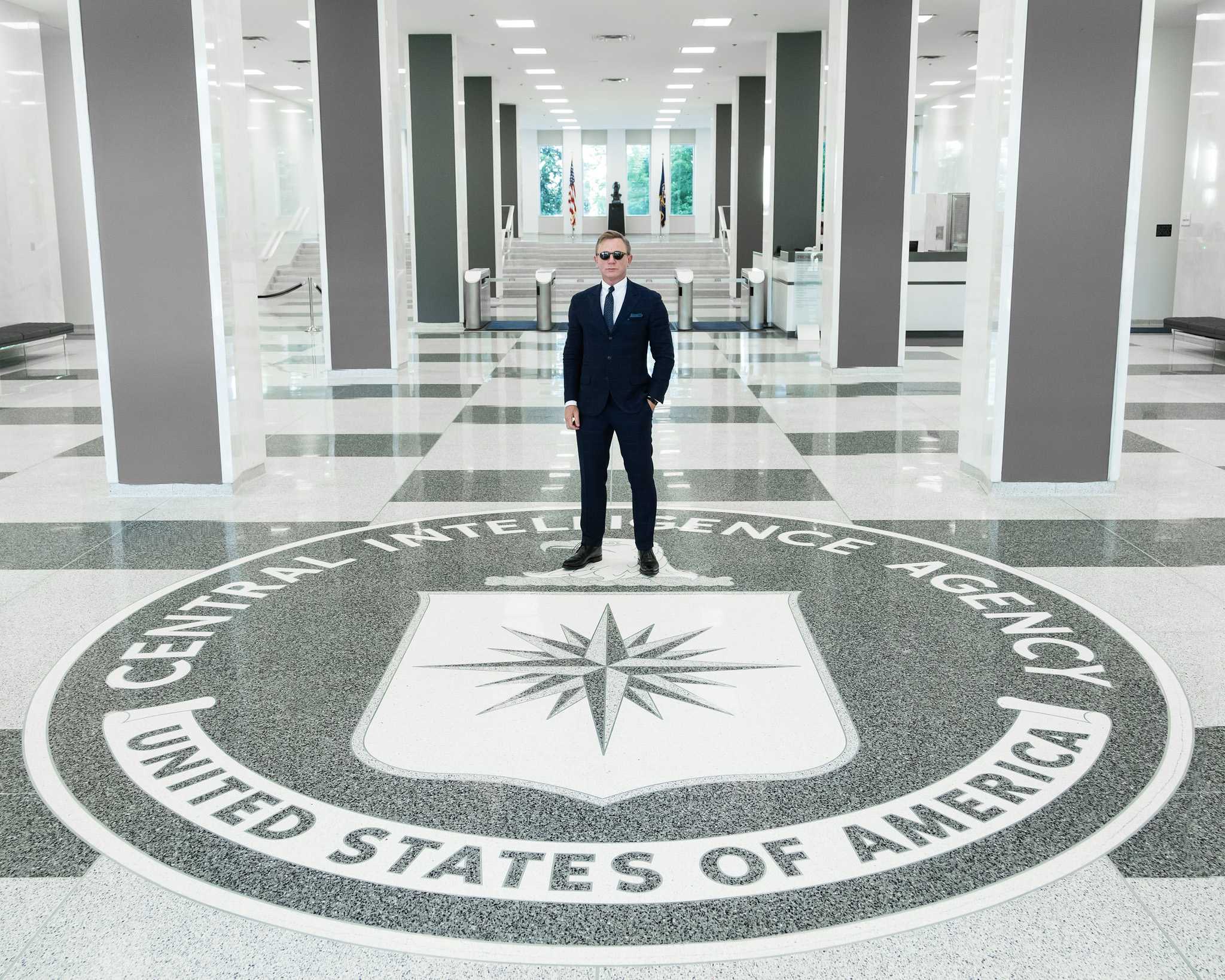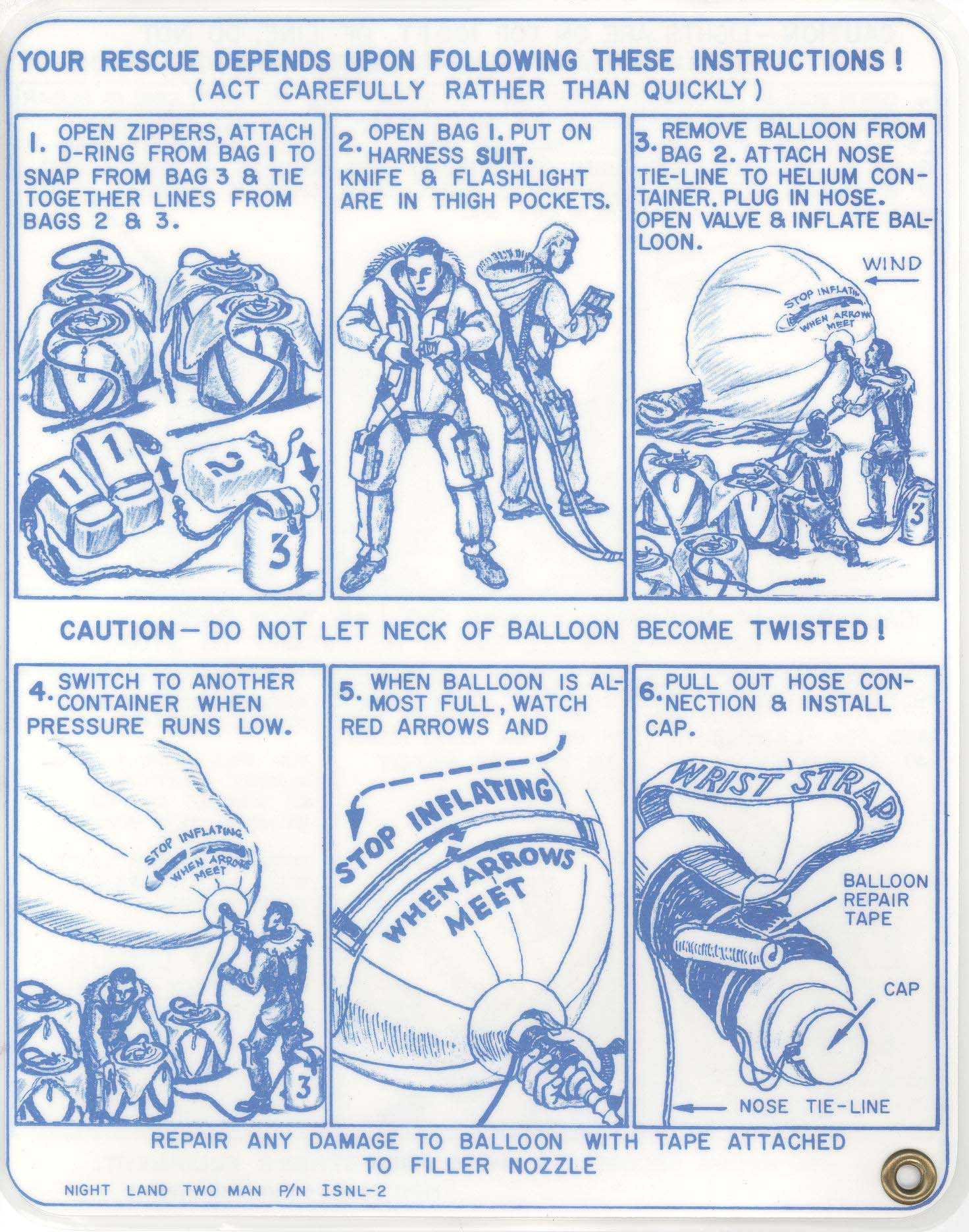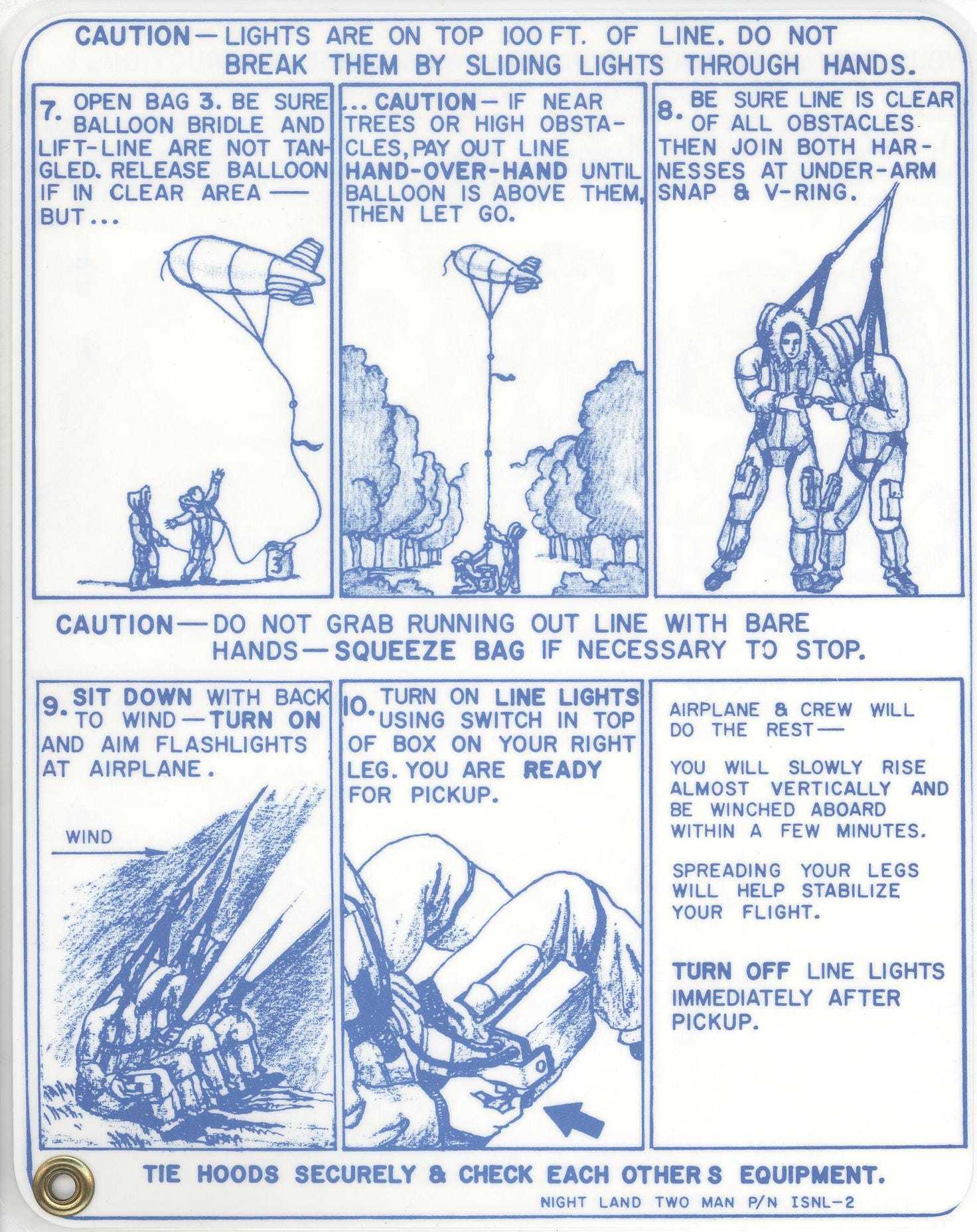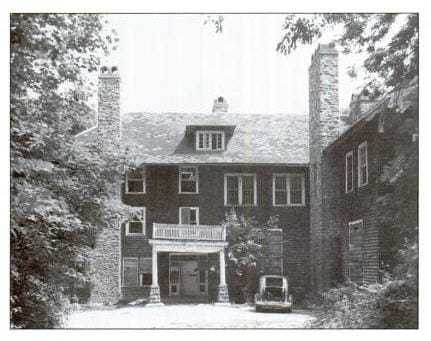How did you first hear about the Central Intelligence Agency? Was it in a TV show, movie, or novel? For many people, their introduction to the world of espionage, and CIA in particular, is through popular culture. It may surprise you that the real CIA has a long, entertaining history with its fictional counterparts. As one of the most secretive organizations in the world, the Agency has inspired countless imaginative stories. We’ve even participated in the development of a few Hollywood blockbusters over the years.
Here’s a list of a few things you may not have known about CIA’s ties to popular culture. Facts can be more surprising than fiction!

Daniel Craig, who plays James Bond, visited the Agency in 2018 to discuss the “reel” vs “real” of espionage.
From what CIA historians have been able to uncover, the Agency’s earliest interaction with Hollywood was in cooperation with the making of the 1965 James Bond film, Thunderball. At the end of the movie, Bond and his lady friend are rescued from the ocean with the help of a CIA-proprietary B-17 aircraft using a device called “Skyhook.” Some Agency seniors clued the filmmakers in to the device’s capability, and shockingly the officers even arranged for the plane and crew to take part in the filming. (That’s definitely not something the Agency would do today). As a thanks, apparently those Agency seniors were given the red-carpet treatment at the film’s DC premiere.
Skyhook’s official name is the Fulton Recovery System, named after its inventor Robert Fulton, and in real life it was used in missions during the 1950s and 1960s. It was first used by CIA in Operation Coldfeet to extract a two-man team and materials from an abandoned Soviet ice station. In Hollywood, Skyhook was also used by Batman in The Dark Knight and John Wayne in The Green Berets.


Skyhook instruction manual from CIA Museum.
Speaking of James Bond… When Ian Fleming created the character of James Bond, he also made a buddy for Bond: CIA officer Felix Leiter, who appeared in Fleming’s first Bond novel, Casino Royale, in 1953. Bond’s fictional friend was named after Fleming’s close personal friends Thomas and Marion Leiter. Fleming had no way of knowing that, years later, the land that the Leiter family owned in Virginia would be purchased by the U.S. Government, and that its final occupant would be none other than Felix Leiter’s real-world employer, the Central Intelligence Agency.

The Leiter “country house” before it burned down in 1945.
Fleming’s CIA character was actually one of the first references to the existence of CIA in popular culture. Although the Agency was established openly and publicly, during its first few years the name CIA wasn’t that well-known outside of government and intelligence circles. It wasn’t until the early 1950s that CIA began appearing commonly in the press and entertainment media.

Some of the many James Bond novels by Ian Fleming.
The very first mention of CIA in fiction, however, was not in a James Bond story. Rather, it happened in 1948—less than a year after the Agency was created—in the novel, An Affair of State, by Pat Frank. Harry Hart “Pat” Frank, an American journalist who had worked for the U.S. Office of War Information during WWII, became known for his doomsday novels, many involving nuclear radiation and post-apocalyptic fallout.
The reference to the Agency in An Affair of State comes during a conversation between two American employees of the U.S. Consulate in Budapest, Hungary (page 70, paragraph 4). One of them says he hopes that the small cafe they’re in won’t eventually be overrun by all of the “Dick Tracys” who work for U.S. intelligence in Budapest. He then names several agencies, including CIA, by name. CIA appears again later in the book when a Russian character tells an American that, “Your Central Intelligence Agency will know when we have a stockpile of atomic bombs.”
The rise of the spy thriller happened about 10 years after An Affair of State was published, and once the genre was established, references to CIA in film and literature became commonplace. Since then, spies in Hollywood and books have transformed from martini drinking, fast-car driving, trench coat wearing men to representing all different kinds of men and women in various spy-related fields… and even some furry and feathered spy creatures too.
One of the fictional feathered spies that captured the nation’s imagination was played by Will Smith in the 2019 animated movie, Spies in Disguise. In the film, Smith gets turned into a spy pigeon! The bird was based upon real CIA pigeons who conducted espionage missions for the Agency during the Cold War. The spy birds carried lightweight cameras strapped to their chests, and Agency officers would release them over secret areas in foreign countries that CIA wanted to know more about. #BirdsAreReal
Several Hollywood films and TV shows have consulted with CIA to learn more about the reality of spycraft, and a few have even filmed on location at CIA Headquarters, including Argo and Jack Ryan. CIA occasionally has made the trip out to Hollywood. For example, the Agency held an event at UCLA in 2018 with former CIA officers and the cast and creators of The Americans TV show to discuss the similarities and differences of espionage on and off the screen.
You might be wondering why CIA engages with Hollywood and others in the entertainment industry at all. As you know, pop culture is powerful, and most Americans’ first impression of the Agency is from fictional films and literature. While secrets must be kept and the clandestine nature of the mission held sacred, CIA finds value in working with the film and entertainment industries to assist them in accurate portrayals whenever possible.
In this way, CIA can continue to help the public get to know the humans behind the acronym and demonstrate the many ways in which the Agency’s work enhances and protects our nation’s security.
